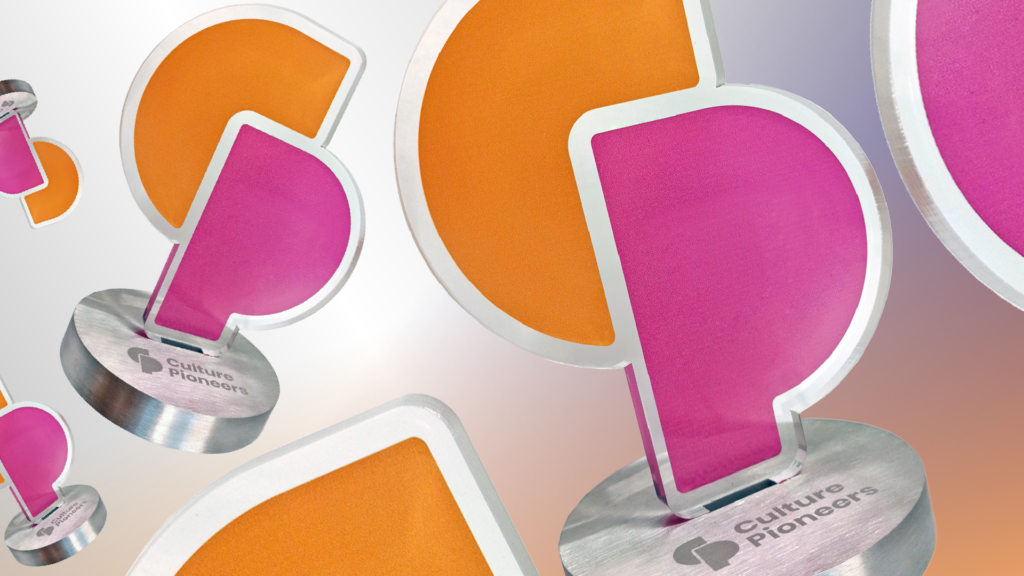Gail Winwood shares two exercises she has used successfully on a telephone techniques course.
Here are a couple of exercises I have found very effective.
Working in pairs and seated back to back the couples take it in turns to reproduce the geographic shapes that their partner has. Free communication is allowed however they cannot show the shape to their partner. This really emphasises the importance of listening, questioning, clarity of instructions and the many differences of interpretation.
The other is to identify those negative responses and replace with positive responses e.g. “It’s not my department” with “The accounts department will be able to help can I transfer you or give you their direct number” for example. Happy to chat through others if you want to make direct contact.
See more Trainer’s Tips
Gail Winwood shares two exercises she has used successfully on a telephone techniques course.Here are a couple of exercises I have found very effective.
Working in pairs and seated back to back the couples take it in turns to reproduce the geographic shapes that their partner has. Free communication is allowed however they cannot show the shape to their partner. This really emphasises the importance of listening, questioning, clarity of instructions and the many differences of interpretation.
The other is to identify those negative responses and replace with positive responses e.g. “It's not my department” with “The accounts department will be able to help can I transfer you or give you their direct number” for example. Happy to chat through others if you want to make direct contact.
See more Trainer's Tips







2 Responses
Duplo for communications
For the back to back communications exercise I give each pair about seven matching pieces of duplo. One has to create a shape by putting their pieces together and then describe the shape to their partner. I find about 50% manage to match their partner’s shape. The main communications breakdown is because the describer thinks they’ve explained clearly but hasn’t checked that the other person has understood. What the describer thinks is unabiguous often isnt.
Back to back listening exercise
I use the back to back exercise to demonstrate ‘chunking’, or top down vs bottom up processing to be technical. That is, we all think differently and some people are motivated by the ‘big picture’ others the ‘small picture’. So, I give my groups a series of shapes to describe and it’s interesting to see how they describe a globe for example: a sphere depicting the Earth (big picture) or a sphere showing continents and seas, with South America shown clearly. At the bottom you can just make out Antartica etc (small picture thinker – lots of detail).
The idea is to try to match the level of detail to your listener’s requirement. Too much detail for a big picture thinker and they’ll get bored and switch off. Not enough detail for a small picture thinker and they’ll get frustrated and this will form a barrier to their listening.
It’s a great way to make people understand that if the other person isn’t getting it, it may not be their fault, maybe the message that WE are putting out is not in their required ‘format’?